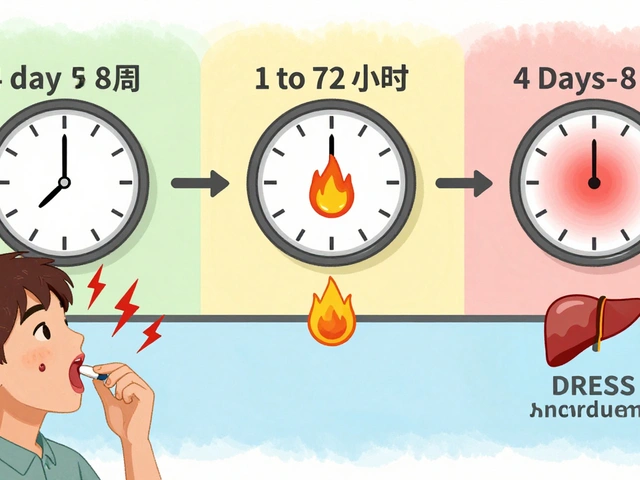Pain management: smart, simple steps that actually help
Living with pain is common, but that doesn't mean you have to accept poor quality of life. Whether it’s a sore back after work, joint pain from arthritis, or nerve pain after an injury, you can use a mix of practical habits, safer meds, and smart buying to feel better. Read on for clear, usable advice you can try this week.
Start with what you do every day. Gentle movement, better sleep, and steady meals reduce inflammation and lower pain sensitivity. Walk 10–20 minutes a day, add specific stretches for the sore area, and keep a simple bedtime routine. These small changes often cut pain more than waiting for a pill to work.
Medication: what helps and what to watch for
Over-the-counter options like acetaminophen or NSAIDs (ibuprofen, naproxen) are fine short-term. For nerve or chronic pain, doctors may prescribe antidepressants like duloxetine or topical meds like lidocaine or capsaicin. Stronger prescriptions—opioids, certain muscle relaxants—have real risks and should be short-term or tightly monitored.
Know the trade-offs. Duloxetine can help both nerve pain and mood, but it may cause nausea or sleep changes. Supplements like glucosamine sometimes ease joint pain with fewer side effects, though results vary. Talk to your doctor about side effects and how to combine treatments—often a lower drug dose plus physical therapy works better than a high dose alone.
Non-drug options that actually work
Physical therapy, targeted exercises, weight loss when needed, and heat/cold therapy are simple and effective. Cognitive approaches—mindfulness, relaxation, and pacing activities—reduce the stress that makes pain feel worse. For chronic conditions, a pain specialist can offer injections, nerve blocks, or device-based treatments when simpler measures fail.
Be skeptical of one-size-fits-all claims. If a treatment sounds too good to be true, ask for clear evidence or real patient examples. Practical wins usually come from combining methods: a little exercise, bedside heat, and the right med at the right time.
Buying meds online? Be safe. Use pharmacies that require a prescription, list a physical address and phone, and show verified pharmacy licenses. Avoid sites that sell prescription drugs without a prescription, offer unrealistic discounts, or use unclear shipping practices. Our site covers trusted online options, cost-saving tips, and red flags to avoid scams.
If pain limits your life or you notice worrying symptoms—fever, sudden weakness, numbness, or loss of function—see a clinician fast. Otherwise, start small: move more, sleep better, try targeted therapies, and use meds wisely. Pain care is rarely one single fix. Mix practical habits, safe medicines, and informed buying for steady, real improvement.

How Chronic Pain Triggers Depression Symptoms: The Full Connection
Explore how chronic pain and depression intertwine, their shared biology, and practical steps to treat both for better health.
View More
Cobix (Celecoxib) vs Alternatives: Complete Comparison Guide
A detailed look at Cobix (celecoxib) compared with popular pain‑relief alternatives, covering efficacy, safety, cost and real‑world use.
View More
Self-Advocacy for Menstrual Cramps: Get the Treatment You Deserve
Period pain shouldn’t derail your life. Here’s how to advocate for proper diagnosis and treatment-what to track, what to ask for, and how to get heard.
View More
Nerve Blocks and Injections for Trigeminal Neuralgia: Effective Pain Relief Options Explained
This article breaks down how nerve blocks and injections are used in treating trigeminal neuralgia, a stubborn kind of facial pain. You'll find trustworthy info on how these treatments work, what you can expect, and tips for those considering this route. Got questions about side effects, success rates, or alternatives? All that is covered, along with data and practical advice. Perfect for anyone looking for real solutions to trigeminal neuralgia pain.
View More




